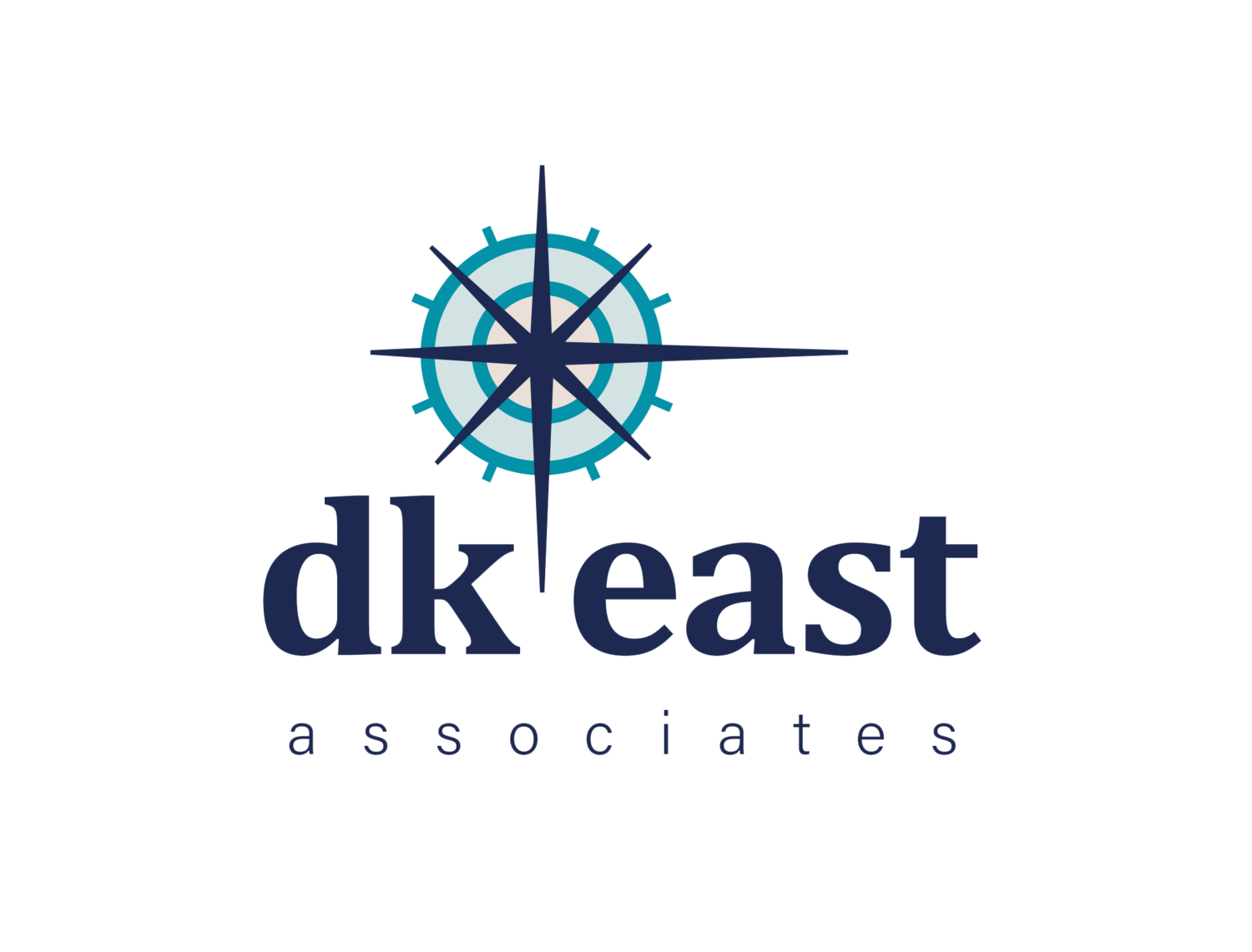Financials for the non-financial person: Part 1
Part 1
The Balance Sheet
I took a little of my own advice and unplugged for a little while. Now I'm back, refreshed and ready to go! I thought it might be a good time to dig a little into financial statements. Don't worry, this is financial statements for non-financial folks!
3 Main Financial Statements
The 3 main financial statements that every company has are the balance sheet, the profit & loss statement (or P&L) and the cash flow statement, which ties both of those together.
We’ll tackle the balance sheet in this post. The balance sheet summarizes a company's
Assets (what it OWNS) include accounts receivable which is what people owe you, inventory which of course are products that you are going to sell, fixed assets which include equipment, cars, buildings. And finally other assets which might include things like security deposits or intangible assets like goodwill.
Liabilities (what it OWES) are all the things that you owe others. This includes accounts payable (what you owe to vendors), credit cards, and loans or other long-term payables. By long-term, we mean things that you will pay back more than 12 months from now.
Equity is the final section and this is the remaining value of your company after you subtract all your liabilities from your assets.
It's a snapshot in time - as of a specific date.
Who uses the balance sheet?
Great question! Investors and lenders will definitely be asking for, and looking at, your balance sheet. They will be applying some ratios and metrics to see how you stack up against your industry, your business size and their taste for risk.
What are some of these ratios?
I'm glad you asked!
Net Working Capital. Current assets - current liabilities.
Net working capital is how much money you’d have if you took all of your current assets and paid off all of your short-term debts. A negative net working capital means that your business doesn’t have money to sustain its operations and may need to sell its assets or take on more debt to survive.
Current Ratio. Current assets divided by current liabilities.
The current ratio measures the liquidity of your company and see if you can pay for your short-term expenses with the liquid assets you have on hand.
Liquid assets are assets that easily convert into cash. If your business has high liquidity, it means you can quickly come up with the money to pay for an unexpected expense without going into debt.
The more liquid you are, the better. Liquidity shows lenders that you have money readily available to pay your business debts. This could lower your interest rates when you need to borrow money. "
Debt to Asset Ratio = Total liabilities / total assets
If you have a high debt to asset ratio, it means you’re mostly growing your business by taking on debt—not necessarily making money.
Creditors use your debt to asset ratio to see how risky it is to loan you
money. The higher the ratio, the riskier you are, which makes it difficult to obtain a loan or low-interest rate. Investors also use this ratio to see how solvent your business is and if investing is a good idea.
This is useful information. But it’s not the full picture.
What doesn’t your balance sheet tell you? Does it tell you...
How many products or service packages you sold? No.
How much cash you received? No.
How much it cost you to make your product or costs incurred to provide your service? No.
How much you spent on expenses? No.
This is where your income statement (AKA Profit & Loss or P&L) comes in."
This is some seriously dry stuff so we'll tackle the profit & loss statement and its ratios and metrics in my next post!

